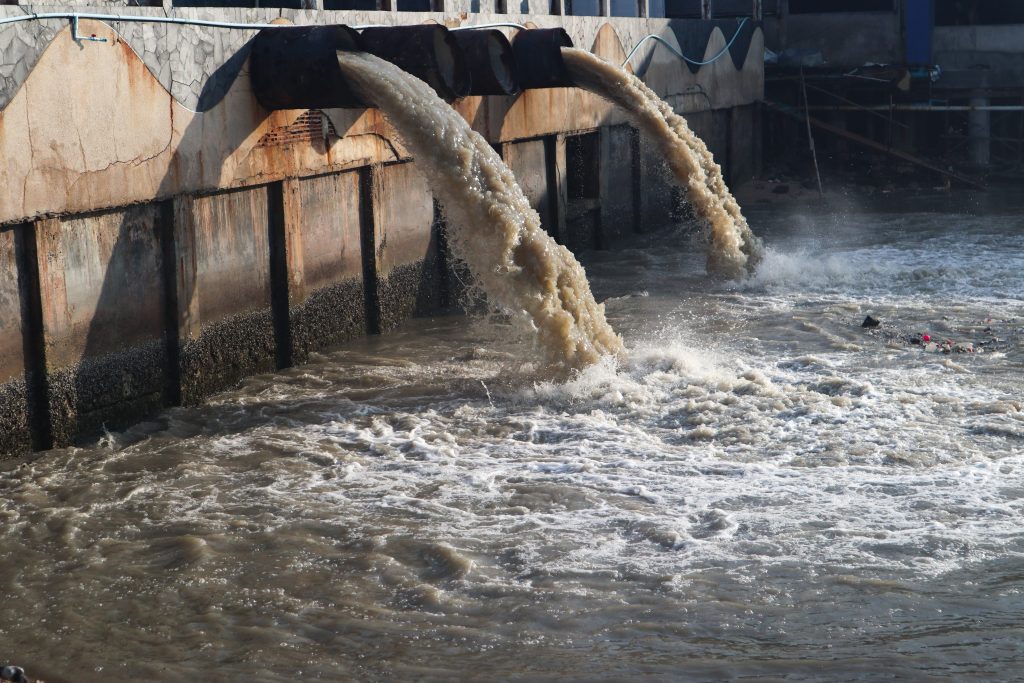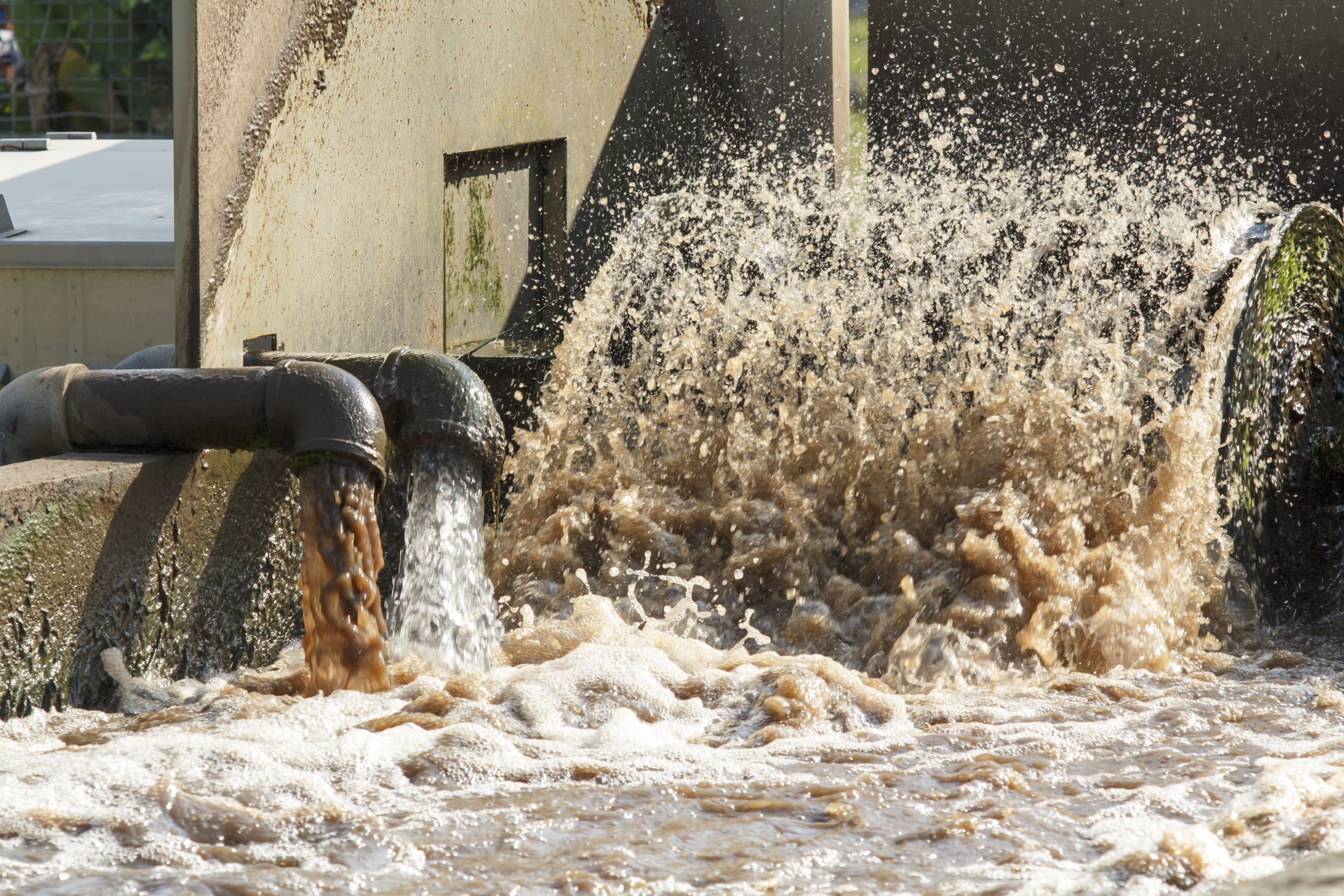Industrial Waste Water Treatment-- Customized Solutions for Effective Wastewater Treatment
Industrial Waste Water Treatment-- Customized Solutions for Effective Wastewater Treatment
Blog Article
Obstacles and Solutions in Hazardous Waste Water Therapy
The therapy of commercial wastewater offers a diverse variety of difficulties, ranging from stringent governing conformity to the ins and outs of expense management and technological constraints. The irregularity in waste composition further makes complex the performance of standard treatment methods, usually resulting in risen operational expenditures.
Regulatory Conformity Difficulties
Just how can industrial centers navigate the complicated landscape of regulatory compliance in wastewater therapy? The regulatory structure governing wastewater administration is diverse, commonly differing by jurisdiction and kind of sector.
To efficiently take care of these compliance difficulties, centers ought to apply robust tracking and reporting systems that make certain real-time data collection and analysis. Normal audits and risk analyses can recognize potential conformity voids, permitting positive modifications in therapy procedures. Employee training programs concentrating on regulative expertise and best practices are necessary to cultivate a culture of compliance within the organization.
Additionally, involving with regulatory companies can provide useful understandings and make clear uncertain laws. Facilities may additionally gain from talking to environmental professionals that specialize in wastewater therapy conformity, guaranteeing that they remain abreast of progressing laws. By embracing these approaches, industrial facilities can not just fulfill compliance demands yet also enhance their functional performance and environmental stewardship.
Expense and Financial Obstacles
Browsing regulatory compliance in wastewater therapy often presents considerable economic obstacles for industrial facilities. The expenses connected with applying necessary treatment innovations, preserving conformity with rigorous laws, and managing operational expenses can be intimidating. Numerous organizations deal with high preliminary resources expenses for the building and construction or updating of wastewater therapy plants, which might stress spending plans, especially for small and medium-sized enterprises.
Furthermore, ongoing operational costs, including chemical, maintenance, and labor inputs, contribute to the financial burden. The unpredictability of rising and fall power rates and the prospective need for extra financial investments to fulfill progressing laws exacerbate these financial pressures. In lots of situations, the lack of financial motivations or support from government bodies makes it a lot more tough for services to justify investments in sophisticated therapy systems.
Additionally, the financial stability of wastewater treatment services is commonly questioned, specifically for markets with tight revenue margins. Therefore, it is important for industrial centers to check out cost-effective methods, such as adopting cutting-edge financing options, taking part in partnerships, and leveraging emerging innovations that can aid mitigate these financial obstacles while guaranteeing conformity with ecological requirements.

Technical Limitations
Numerous technological limitations impede the performance of commercial wastewater treatment processes. One significant obstacle is the insufficiency of existing therapy innovations to resolve intricate pollutants.
Furthermore, the scalability of therapy modern technologies presents a difficulty. While some advanced approaches, like membrane layer purification or advanced oxidation, reveal assurance in regulated settings, their execution on a bigger range can be technically challenging and excessively expensive. Maintenance and functional complexities even more make complex the adoption of these systems, particularly for smaller markets with minimal technical expertise.
The assimilation of real-time surveillance innovations additionally remains insufficient in numerous therapy centers. Without effective surveillance systems, drivers can not adequately examine treatment efficiency or detect possible failures, resulting Visit Website in inconsistent effluent quality. As a result, addressing these technological constraints with r & d, together with investment in innovative services, is vital for enhancing the efficacy of commercial wastewater treatment and making sure regulatory conformity. Industrial Waste Water Treatment.
Variability in Waste Make-up
In the world of industrial wastewater treatment, the variability in waste composition provides a powerful difficulty. Industries generate wastewater with varied characteristics, influenced by variables such as manufacturing procedures, resources, and functional techniques. This diversification makes complex the therapy procedure, as standard systems frequently battle to successfully resolve the wide variety of toxins existing.
For example, wastewater from food handling may include high levels of raw material, while effluents from chemical production could consist of hefty steels and unsafe materials. This variance requires adaptable treatment methods to ensure compliance with ecological laws and protect public health. In addition, fluctuations in waste make-up can happen with time, affected by changes in production schedules, maintenance activities, or the intro of new products.

Innovative Therapy Solutions
Innovative treatment remedies are vital for addressing the complexities of commercial wastewater management. Traditional techniques often drop short in efficiently getting rid of a variety of pollutants, particularly in centers with diverse effluent streams. Current advancements concentrate on incorporating advanced innovations to boost treatment efficiency and sustainability.
One promising technique is making use of sophisticated oxidation procedures (AOPs), which take advantage of effective oxidants to weaken organic toxins. AOPs, consisting of photocatalysis and ozonation, can significantly decrease hazardous materials and boost effluent quality. Additionally, membrane bioreactor (MBR) innovation has actually obtained grip, combining biological treatment with membrane filtration, leading to top notch effluent and lowered impact.
An additional innovative solution is the implementation of resource recovery systems. Techniques like anaerobic digestion not only treat wastewater but also generate biogas, which can be harnessed as a renewable resource resource. The adoption of artificial knowledge and equipment discovering his response designs can optimize therapy procedures by anticipating variations in wastewater make-up, therefore improving operational efficiency.
These cutting-edge options not only address governing conformity but also advertise environmental sustainability, leading the way for a much more effective and resilient commercial community.
Conclusion
Finally, dealing with the challenges of commercial wastewater treatment calls for a multifaceted strategy that integrates governing compliance, price administration, and technical developments. Cutting-edge solutions, such as advanced oxidation procedures and membrane bioreactor modern technology, offer paths to enhance therapy efficiency. Moreover, discover this real-time monitoring systems and collective involvement with regulative firms can promote lasting techniques while reducing financial pressures. A dedication to continual improvement in treatment techniques will ultimately add to the efficient monitoring of commercial wastewater and environmental management.
The treatment of commercial wastewater provides a complex selection of obstacles, varying from rigorous governing conformity to the details of price monitoring and technical constraints. Industrial Waste Water Treatment.Browsing regulative compliance in wastewater treatment frequently provides significant financial challenges for commercial centers. Attending to these technological restrictions through research and growth, along with financial investment in ingenious services, is essential for enhancing the efficacy of commercial wastewater treatment and guaranteeing regulatory conformity
Wastewater therapy facilities must spend in robust monitoring systems and adaptable therapy technologies qualified of fitting varying influent characteristics.In verdict, attending to the challenges of commercial wastewater treatment requires a complex method that integrates governing compliance, price administration, and technological innovations.
Report this page